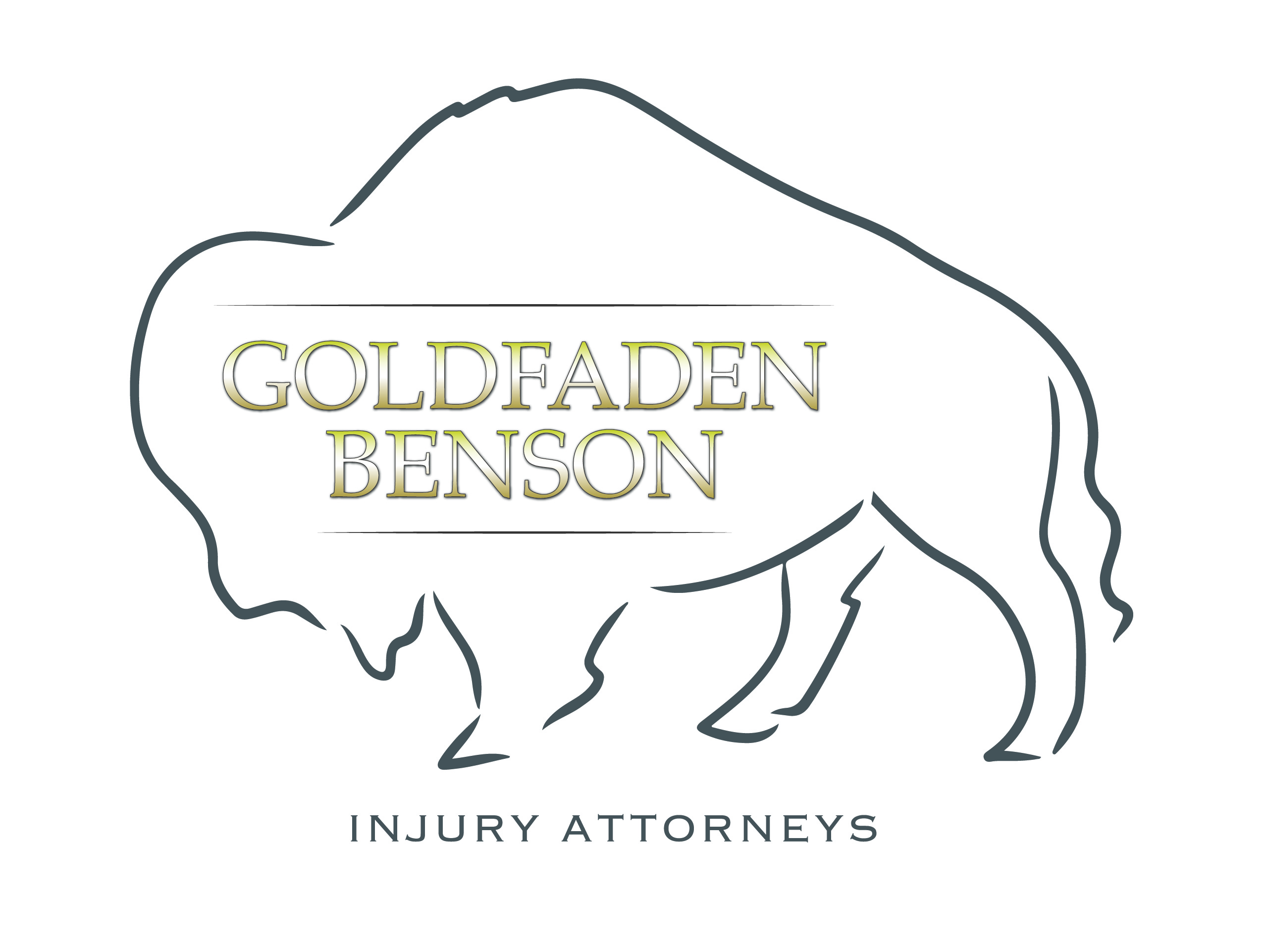Understanding Failure to Warn in California Product Liability Cases
In the realm of product liability law, one significant area of concern is the failure to warn about potential risks associated with a product. When manufacturers or distributors do not adequately inform consumers about the dangers of using their products, they may be held liable for any resulting injuries. Understanding what is required to prove a failure to warn claim can be beneficial if you're navigating the complexities of product liability law.
What Needs to be Proven
To successfully establish a claim for failure to warn under California law, a plaintiff must demonstrate several key elements. Here’s a simplified breakdown of what needs to be proven:
1. **Manufacturing or Distribution**: The defendant must have manufactured, distributed, or sold the product in question.
2. **Knowledge of Danger**: The defendant must have been aware or should reasonably have been aware that the product posed a potential danger when used properly or misused in a foreseeable manner.
3. **Lack of Awareness by Users**: It must be shown that users would not naturally understand the dangers associated with the product.
4. **Inadequate Warning**: The defendant failed to provide sufficient warnings or instructions regarding the dangers tied to using their product.
5. **Reasonable Standard**: A reasonable manufacturer or distributor, under similar circumstances, would have given a warning.
6. **Harm to Plaintiff**: The plaintiff must have suffered harm.
7. **Causation**: The failure to provide a warning or instructions was a substantial factor in causing the plaintiff's harm【6:1†source】.
Contextualizing the Legal Terms
To put it in more relatable terms, think of using a tool you bought online. If that tool is inherently dangerous (like a powerful electric saw), the company that made it shouldn’t just assume you know how to handle it safely. They should provide clear warnings and instructions to help you use it correctly and safely. If, say, the manufacturer fails to tell you that you should always wear protective goggles while using this saw, and you injure yourself because of that oversight, you may have a valid claim under failure to warn.
Real-Life Scenario: A Common Concern
Imagine you recently purchased a new kitchen appliance. Many of us have experienced moments when assembling or using these sophisticated products. If you find that the appliance secretly poses substantial dangers that were not disclosed in the instructions, leading to an injury, this scenario lends itself to a claim of failure to warn.
Why This Matters
Claims of failure to warn are crucial for consumer protection. They ensure that manufacturers take responsibility for the safety of their products and do not place users at risk through neglect or oversight. Understanding these principles can empower you as a consumer and lead to better advocacy for safer products.
If you or someone you know has faced difficulties or injuries relating to a product's failure to warn, don't hesitate to reach out to us at Goldfaden Benson. We're here to help provide you with insights tailored to your situation.
For further information on product liability, visit our practice area page or contact us directly for personal assistance. What do you think about the importance of adequate warnings in product safety?







